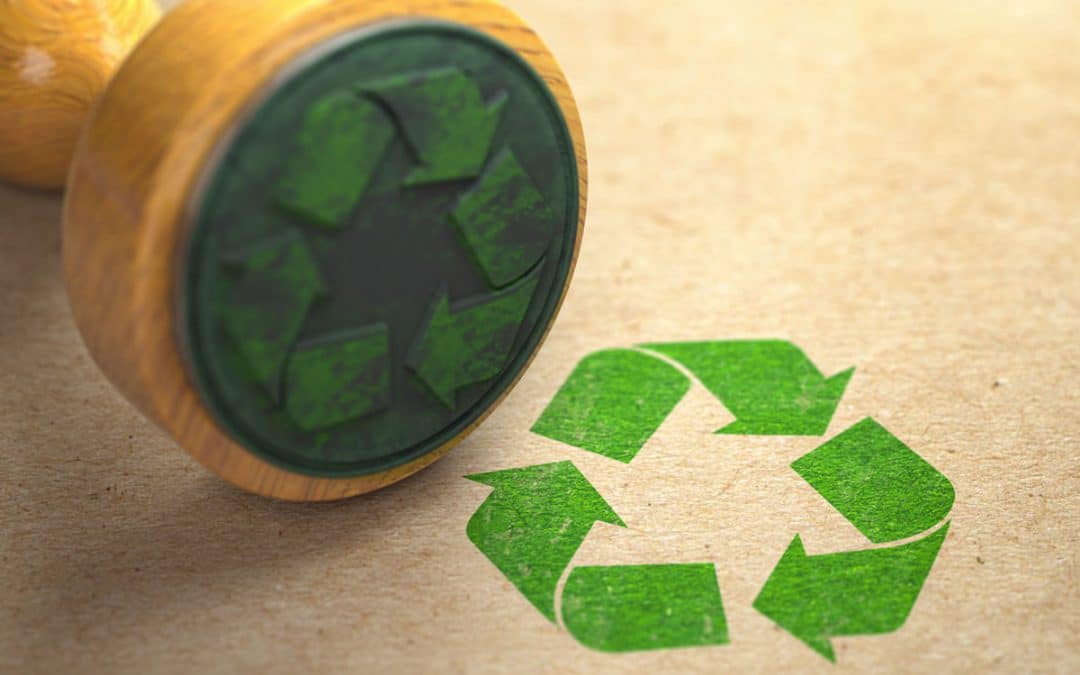In today’s rapidly changing world, there’s a growing demand for environmentally safe printing practices. As businesses and individuals alike strive to minimize their ecological footprint, embracing eco-friendly solutions becomes not just a choice but a necessity. The concept of environmentally safe printing involves using methods and materials that reduce harm to our planet. This article will delve into the different aspects of this essential practice, offering insights into how individuals and businesses can participate in creating a more sustainable future.

Why Environmentally Safe Printing Matters
The importance of environmentally safe printing cannot be overstated. Traditional printing processes often involve chemicals and materials that are harmful to the environment. By adopting eco-friendly printing practices, we can significantly reduce pollution, conserve resources, and promote sustainability. These practices are crucial for both the health of our planet and the long-term success of businesses.
Understanding the Impact of Traditional Printing
Traditional printing often involves the use of toxic inks, excessive water consumption, and significant waste generation. These practices contribute to environmental degradation and climate change. By shifting to sustainable printing methods, we can mitigate these impacts and promote a healthier planet.
Advantages of Eco-Friendly Printing
Choosing eco-friendly printing solutions provides numerous benefits, including reduced environmental impact, cost savings, and improved brand reputation. Businesses that adopt these practices can appeal to environmentally conscious consumers and gain a competitive edge in the marketplace.
Key Practices in Environmentally Safe Printing
Using Non-Toxic Inks
One of the primary steps in achieving environmentally safe printing is switching to non-toxic inks. These inks are free from harmful chemicals and heavy metals, making them safer for both the environment and human health.
Recycling and Reusing Materials
Implementing recycling and reusing practices in the printing process helps in minimizing waste. By using recycled paper and materials, businesses can reduce their carbon footprint and contribute to a circular economy.
Optimizing Energy Use
Reducing energy consumption in printing processes is essential for achieving sustainability. This can be done by using energy-efficient machines and optimizing print runs to avoid unnecessary energy use.
Water Conservation
Water conservation is a crucial aspect of environmentally safe printing. Employing methods that use less water or recycle water within the process can lead to significant environmental benefits.
Implementing Environmentally Safe Printing in Your Business
Assessing Current Practices
The first step towards implementing environmentally safe printing in your business is to assess current practices. Identifying areas where improvements can be made will provide a clear path forward.
Setting Sustainability Goals
Setting clear sustainability goals is essential for guiding your business towards more eco-friendly practices. These goals should be specific, measurable, and achievable, ensuring that your business remains committed to its environmental objectives.
Engaging Employees and Stakeholders
Engaging employees and stakeholders in your sustainability journey ensures that everyone in the organization is aligned with your goals. Providing training and education on environmentally safe printing practices can help foster a culture of sustainability.
Partnering with Eco-Friendly Suppliers
Choosing to work with suppliers who prioritize sustainability can significantly enhance your environmentally safe printing efforts. These partnerships can provide access to greener materials and technologies, further supporting your sustainability goals.
The Future of Environmentally Safe Printing
Innovations in Green Technology
The future of environmentally safe printing is promising, with continuous advancements in green technology. Innovations such as biodegradable inks, waterless printing, and digital printing solutions are paving the way for a more sustainable industry.
Consumer Demand for Sustainability
Consumer demand for sustainable products and practices continues to grow. Businesses that embrace environmentally safe printing can meet this demand and build trust with environmentally conscious customers.
Government Regulations and Policies
Government regulations and policies are increasingly supporting the shift towards environmentally safe printing. Staying informed about these changes can help businesses remain compliant and take advantage of potential incentives.
Conclusion
In conclusion, environmentally safe printing is an essential practice for businesses and individuals committed to sustainability. By adopting eco-friendly practices, we can reduce our environmental impact, save costs, and create a better world for future generations. The transition to greener printing methods is not just beneficial for the environment but also offers a competitive advantage in a market that increasingly values sustainability.

FAQ
What is environmentally safe printing?
Environmentally safe printing refers to printing practices that minimize harm to the environment by using sustainable materials, methods, and technologies.
How can businesses implement environmentally safe printing?
Businesses can implement environmentally safe printing by using non-toxic inks, recycling materials, conserving energy and water, and partnering with eco-friendly suppliers.
Why is environmentally safe printing important?
Environmentally safe printing is important because it reduces pollution, conserves resources, and supports a sustainable future.
This article contains affiliate links. We may earn a commission at no extra cost to you.







